Voltage, Current & Loop Calibrators
Specific instruments for calibrating voltage, current and loop. Many of the instruments in this section are multifunctional, and can calibrate more than one parameter. Includes portable calibrators and bench-top calibrators ideal for laboratories.
Find out more about Voltage, Current & Loop Calibrators below.
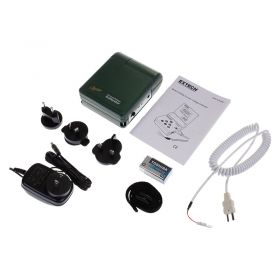
- Oyster case with flip-up display is ideal for handheld or benchtop applications
- Display readings in mA or as a % of the 0 to 24mA range or as mV in voltage ranges
- Provides adjustable 0 to 24mA and 0 to 10V calibration source
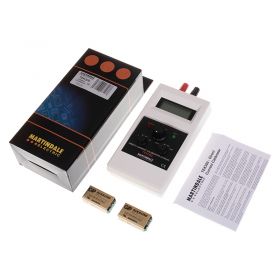
- Three built in modes
- Overload protection
- Range of 0 to 20mA
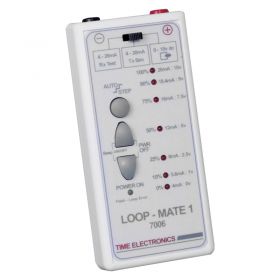
- 7 set calibration points
- 0.1% accuracy
- 0 to 10 V or 4 to 20mA loop
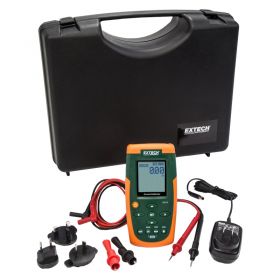
- Small size calibrator
- 0 to 24mA
- 24V DC power source
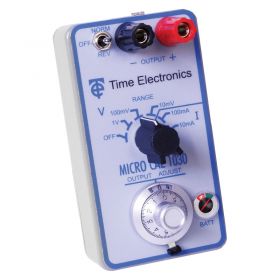
- Simulate various signal types
- Multiple outputs
- High accuracy
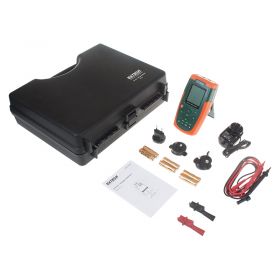
- 0 to 24mA (-25% to 125%)
- 0 to 20V DC calibration source
- Measure DC process signals
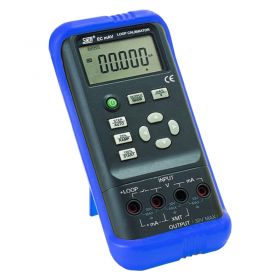
- Voltage and current loop signal measurement/generation
- Pocket-sized design for ease of use
- High accuracy

- Loop Measurement
- Simulate a Transmitter
- Auto Shut Off
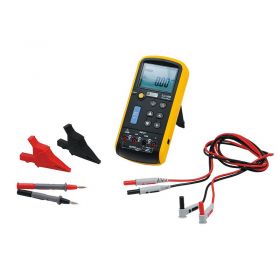
- Simulates and measures DC current loop and DC voltage
- DC current loop: 0 to 24mA
- DC voltage: 0 to 24V
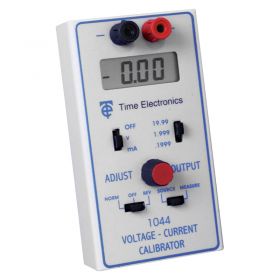
- High accuracy of 0.05%
- Can measure and source current and voltage
- Portable with its own carrying case
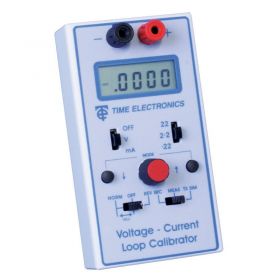
- Works with current and voltage levels
- Accuracy of 0.02%
- Suitable for being used by a number of professions


- Long battery life (40 hours)
- 0.01 mA resolution
- backlit dual display
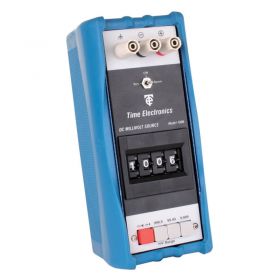
- Accuracy of 0.02%
- 1V with up to 3 ranges
- Protection against short circuit and overload
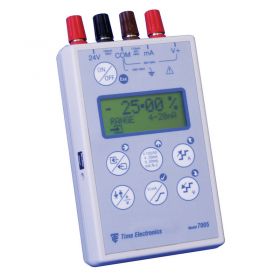
- Ranges are fully programmable
- Easy and simple to use – even for first timers
- Min/Max Recording
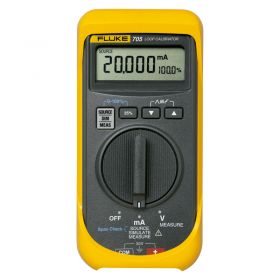

- Source, simulate and measure mA
- Highly accurate (0.02%) with resolution down to 0.001mA
- Simultaneous mA and % of span display
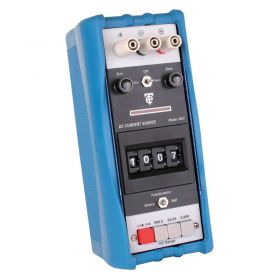
- 3 ranges: 0 to 1V, 0 to 100mV and 0 to 10mV
- High accuracy
- Microvolt null balance display
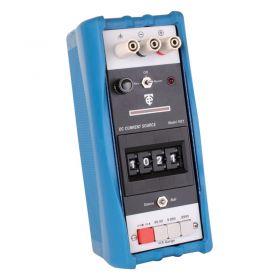
- 2.4 watts max output power
- Three separate output ranges
- Useful for lots of different applications
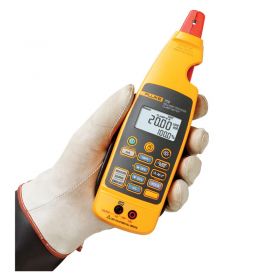

- Wide range of ampage
- 0.2% accuracy
- Option for linear ramp of 25% steps
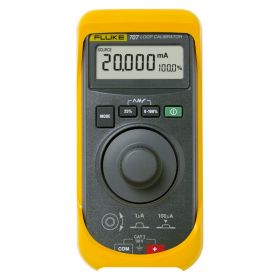

- Simultaneous mA and % span measurements
- Quick and easy to use
- For calibration, repair and maintenance of current loops
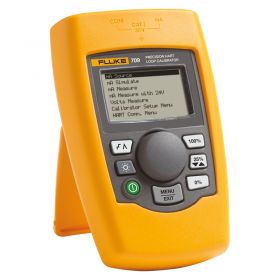

- Portable handheld unit
- Measure and source voltage or current
- Power loops
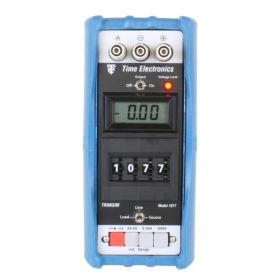
- Easy operation and LCD screen for measurement referencing
- Three modes to choose from
- Comes with free rubber protective case for fieldwork and travelling
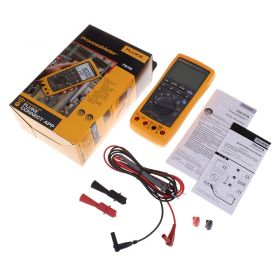

- Two in one digital multimeter and mA loop calibrator
- Compact design
- Multitude of measurement functions and ability to measure, source and simulate up to 20mA DC
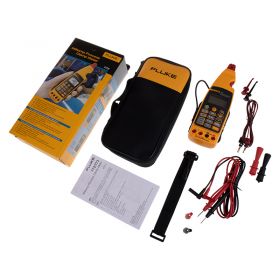

- Measures mA signals without breaking the loop
- Best in class with 0.2% accuracy
- Dual backlit display with mA measurement and percent of 4 - 20 mA span
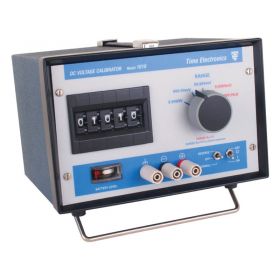
- Accuracy of 0.02%
- Fitted safety terminals
- Choose battery or mains power supply
About Voltage, Current & Loop Calibrators
Also known as current loops, 4-20mA sources are one of the most common methods used in the process industry for transmitting data between sensors and the applications that control and monitor them. The main advantage of a current loop is it can be combined with a huge variety of different sensors to measure temperature, pressure, liquid flow, or light. This data is then compatible with a wide range of different management applications that interoperate with the data and react accordingly.
4-20mA current loops work by taking the results from the sensor and converting it to a proportional current. This means that a zero result causes a 4mA to be transmitted and a 20mA current is sent when the sensor is at full capacity. This information is then sent through copper cables to a receiver at the controller. The controller then decodes the sent signal into the format that is required by the process monitoring application.
The drawback with this method is that over long distances the signal can eventually erode as the voltage begins to wane. An engineer must also be careful when laying these cables to ensure that no electrically noisy systems are located close by, otherwise, they can affect the signal. The main precaution that can be taken is to ensure the use of shielded cabling but this can become too expensive if used over long distances.
To ensure that a current loop is operating effectively engineers often use current calibrators to test the cables and ensure that there are no issues that need resolving no matter what their source.


